MUSTANG GIUGIARO: AMERICAN DREAM BY ITALIAN STYLE
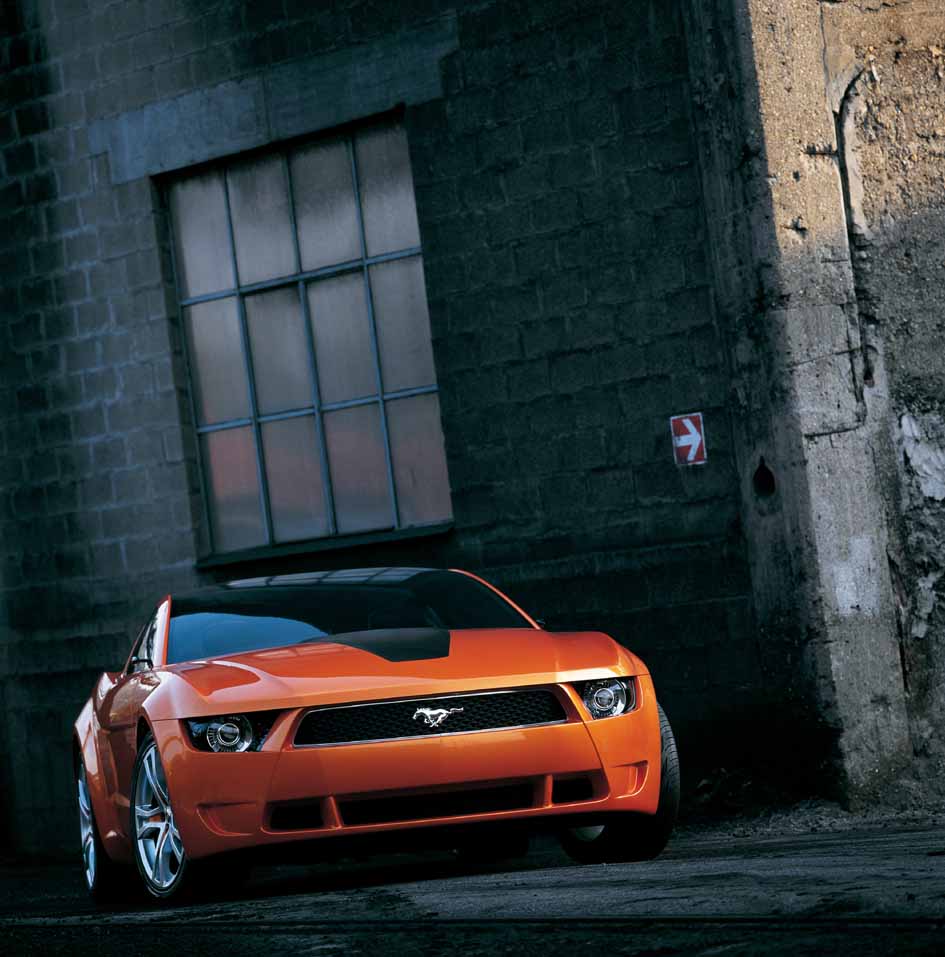
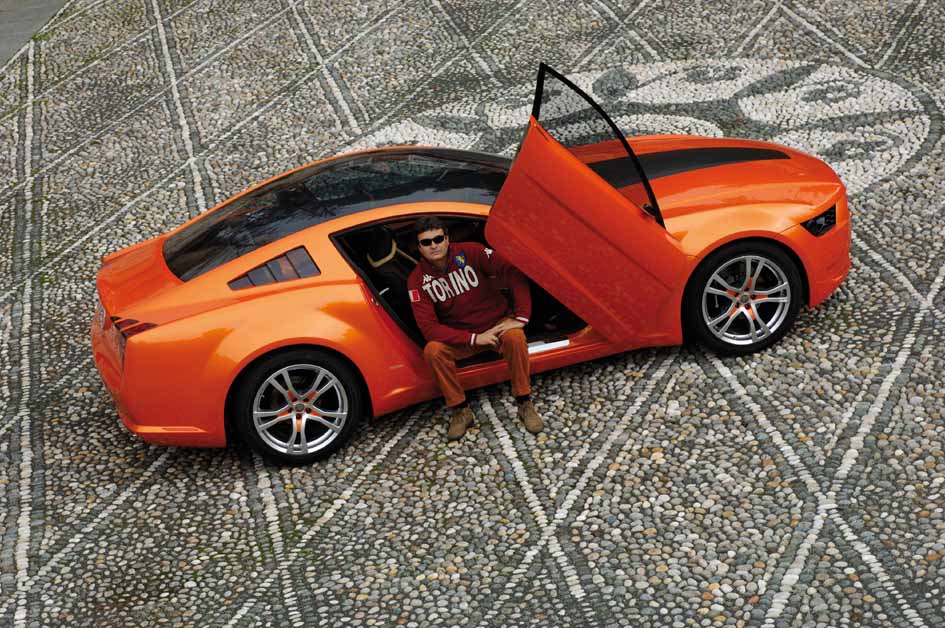
Italdesign Giugiaro faces a second exploration of the American muscle car with a Ford Mustang of the future. Exhibited at the 2006 November Greater Los Angeles Auto Show, the Mustang by Giugiaro concept was developed and carried out under the direction of Fabrizio Giugiaro, Styling Area Director of the Company.
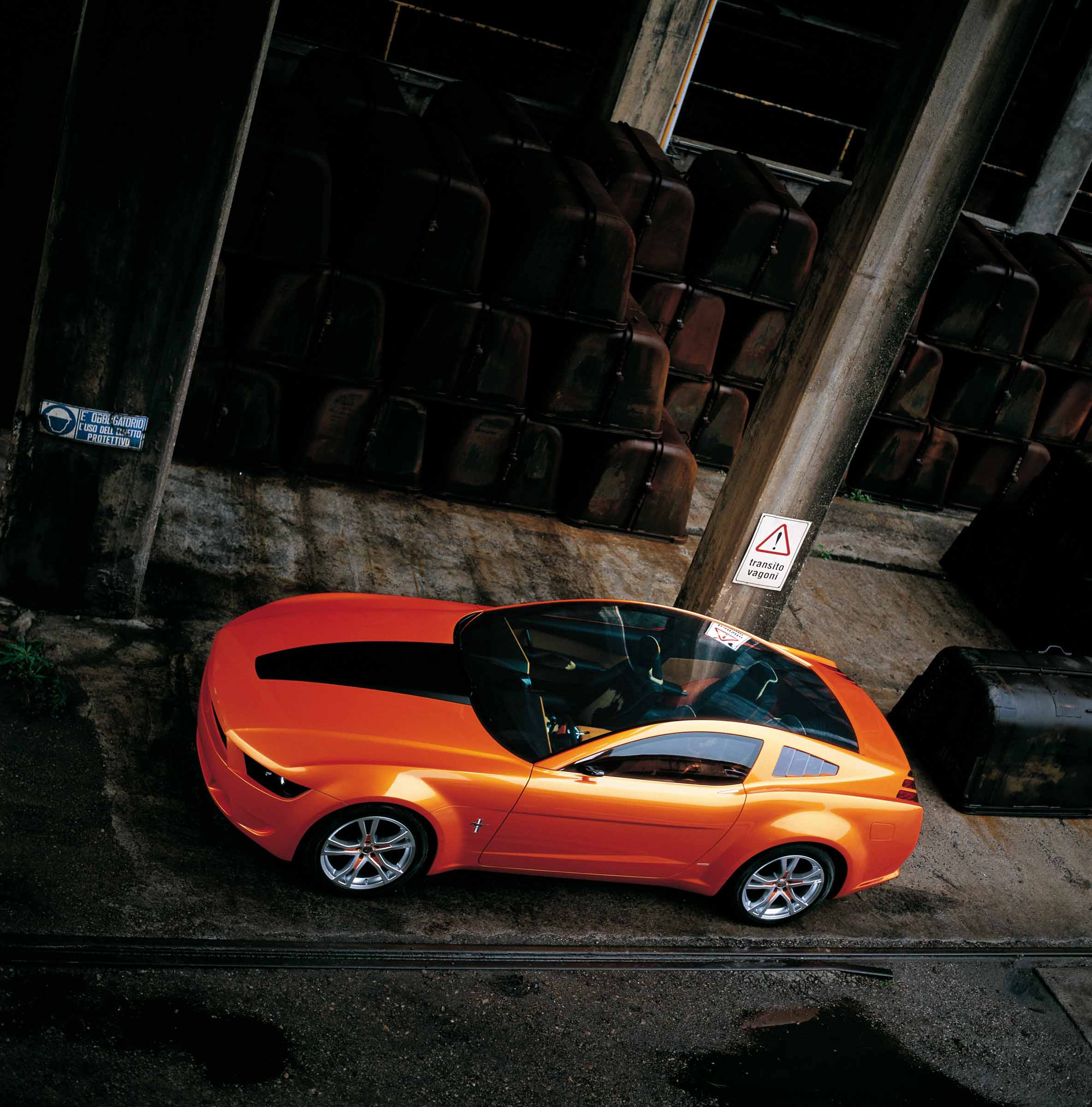
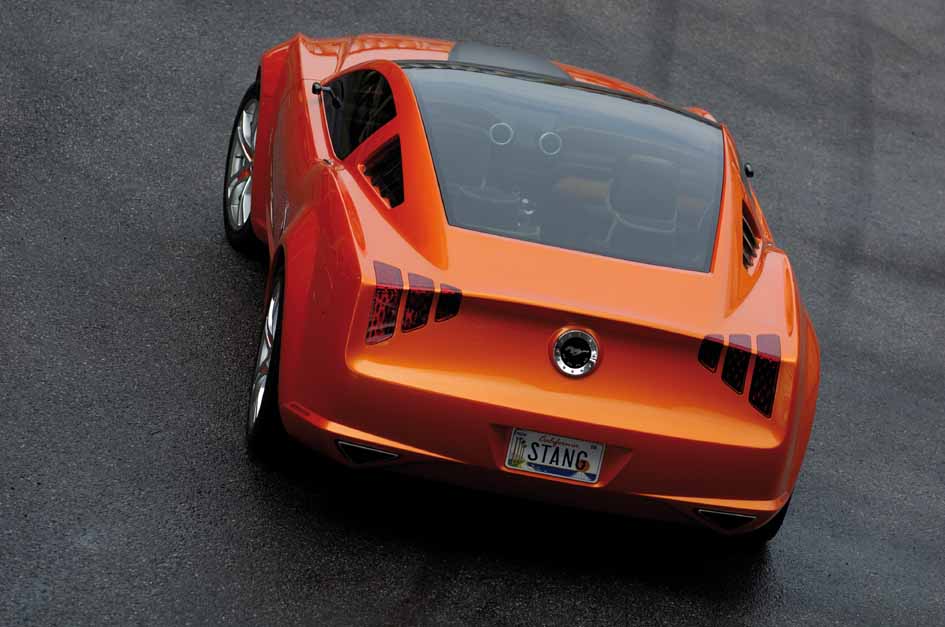
The first leg of this journey among the icons of the American auto industry was the Chevrolet Corvette Moray that came out in March 2003, a car with a very futuristic design, and only a few echoes of the formal language of the Corvette, that could be seen in particular on the front and rear. The Mustang by Giugiaro concept, however, is a much more contemporary remake of Ford’s pony car, a popular sports concept invented by Lee Iacocca in 1964 and still attractive over 40 years later.
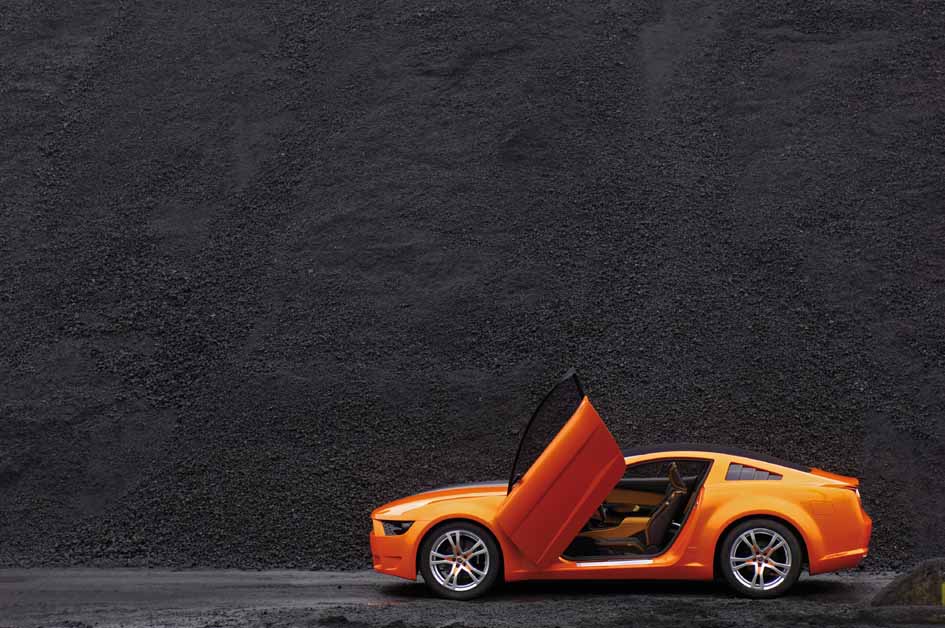
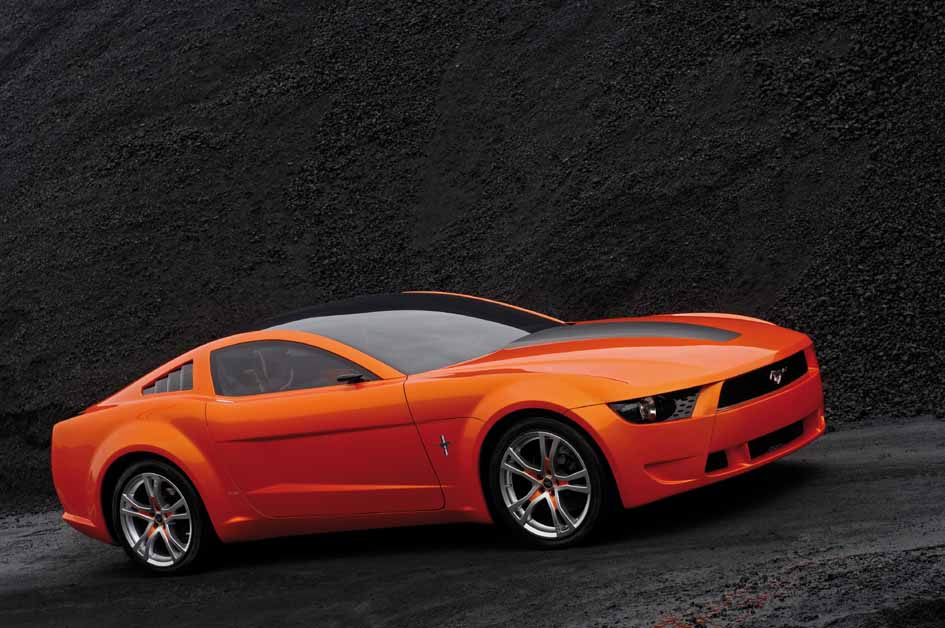
“With our concept cars, pure exercises in style that we present at the major international auto shows, we try to show the automotive world our ability to interpret models that reflect the history and image of the brand, changing the geographic area of our proposals from time to time”, explains Fabrizio.
The idea of going back to explore the world of famous American cars had been in Fabrizio Giugiaro’s mind for some time, and he had already discussed it with J Mays, group vice president of Design and Chief Creative Officer of Ford Motor Company, early in 2005. Mays urged Fabrizio to work on the Mustang design study, with a proposal that had to be realistic in terms of the exterior design but could be absolutely free as regards the interiors. The design work for what would become the Mustang by Giugiaro concept got under way in March 2005 and was entirely carried out in virtual mode. Some months later a full scale styrofoam model was cut, then painted orange. This model was taken in the strictest secrecy to California where, in an event reserved for a very select few, on the sidelines of the Concours d’Elegance in Pebble Beach in mid-August 2005, Mays showed it to his guests. That preview led to three decisions that changed the development of the Mustang by Giugiaro concept project.
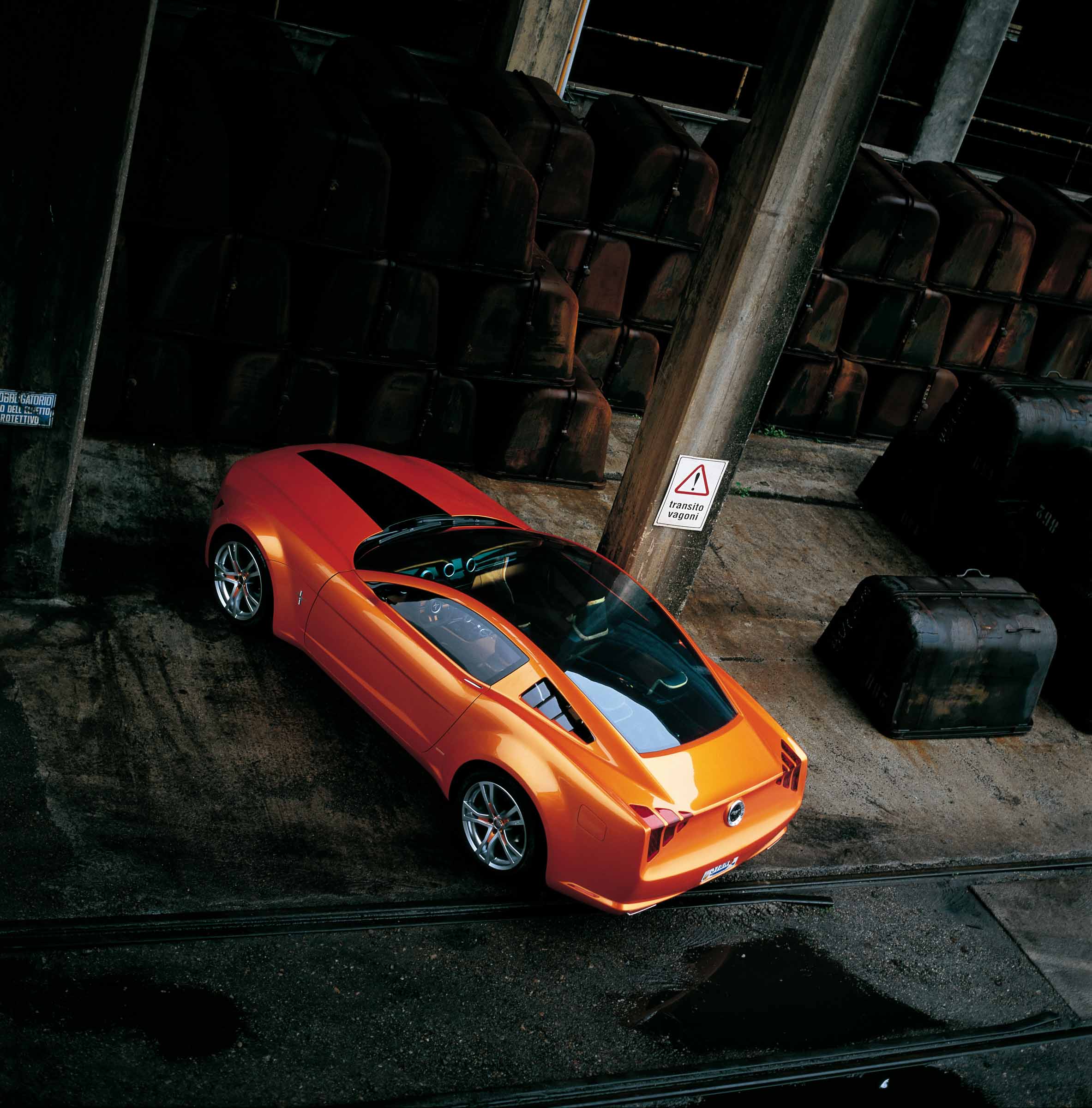
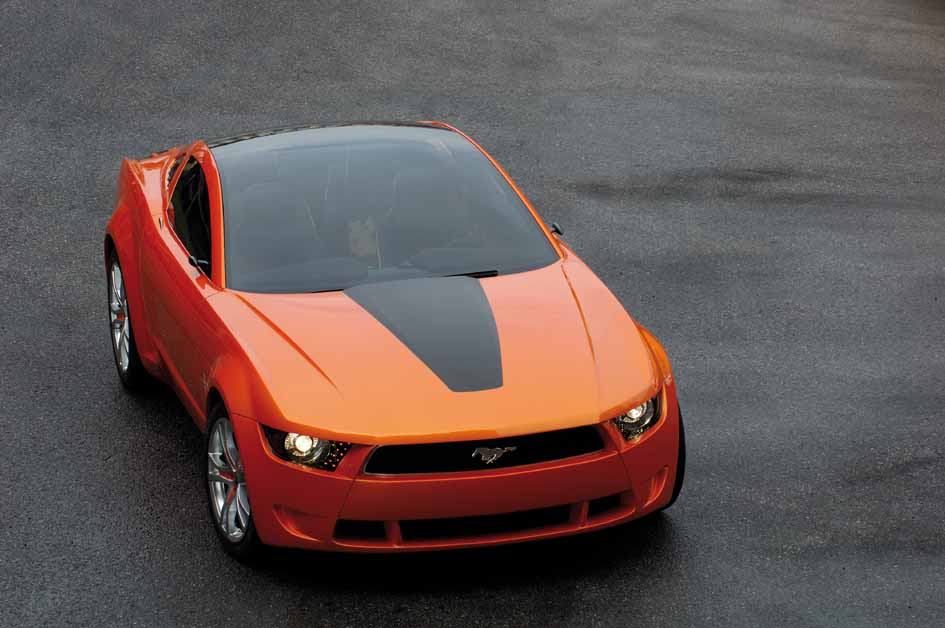
“Although the width of our 1:1 model was the same as the production version of the Mustang, 74,015” (1.88 m), we achieved this using a wider wheelbase in the rear, typical of Italian design. The Americans considered that the overall rear end view appeared too narrow for a Mustang so, with Mays, we decided to make the whole car wider”.
This change added 1,18” (30 mm) to the front width that, with a wedge-like action, increases gradually towards the rear which is 3,14” (80 mm) wider. The end result? The rear end of the Mustang by Giugiaro concept is now the same width as that of the standard car, but the widened “Italian style” wheelbase increases the total width to 78,34” (1.99 m), while the length, thanks to a small reduction of the rear overhang, went from 187,79” (4.77 m) to 185,43” (4.71 m). Optically, the Mustang by Giugiaro concept appears to be more compact that the production car, but this is a little “trick” that the Giugiaros tried first on the Toyota Volta and then applied to the Ferrari GG50. They first used it in production on the Fiat Grande Punto. The “trick” consists of tapering the angles on the car to the limit of the mechanical outlines, a feature that shows clearly in the full view but in the side and three-quarter view is less obvious, though it creates the general optical sensation of a shorter car. The second change that came from the Pebble Beach preview was a technical detail but it also affected the design aspect.
“The model had 19 inch (0,4826 m) wheels on the front and 20 inch (0,508 m) wheels on the back, but it looked like the nose pointed downward too much”, says Fabrizio.
So, in the prototype, the Mustang by Giugiaro concept has a higher front end and now stands on four 20 inch rims (0,508 m), which wear 275/40 tires on the front and big 315/35 tires on the rear. The last result of the Pebble Beach meeting had no affect on the design of the car, but on the timing for its first reveal, determined to best take place in Autumn 2006 at the inaugural November Los Angeles Auto Show. Mustang by Giugiaro is right at home at home in L.A. - America’s most enthusiastic performance and muscle car market. The full-scale styrofoam painted model completed in July 2005 had a radiator grid with a rectangular design similar to that of the production car, but the prototype - on which construction began in August of this year - features a grid where the holes are in the shape of racing horses symbolic of the Mustang. Fabrizio is satisfied with the design of the exterior that, in addition to the wider body requested by Mays, in the passage to the performing prototype underwent only a few retouches, such as the line of the bevel along the lower edge of the front bumpers.
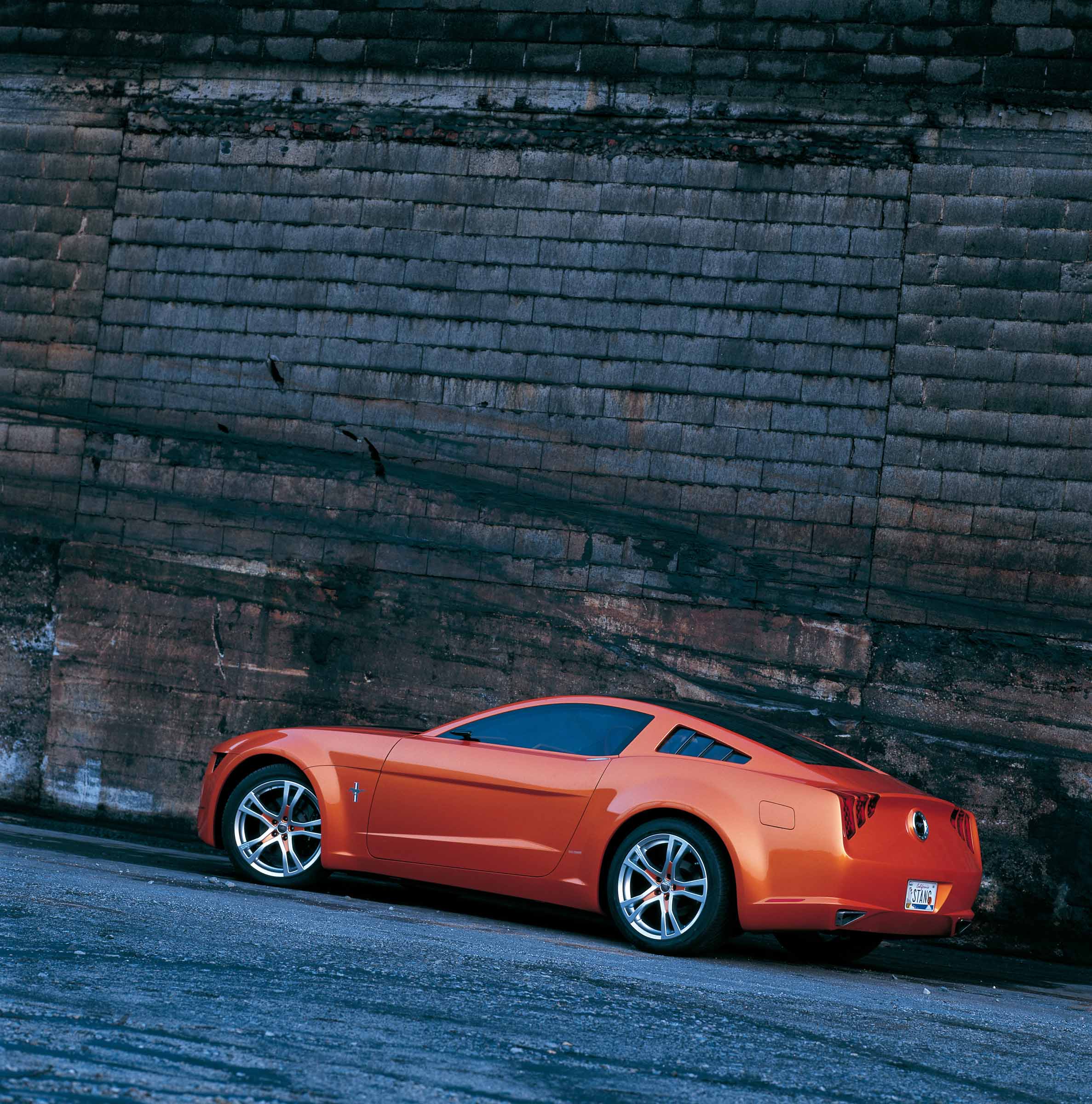
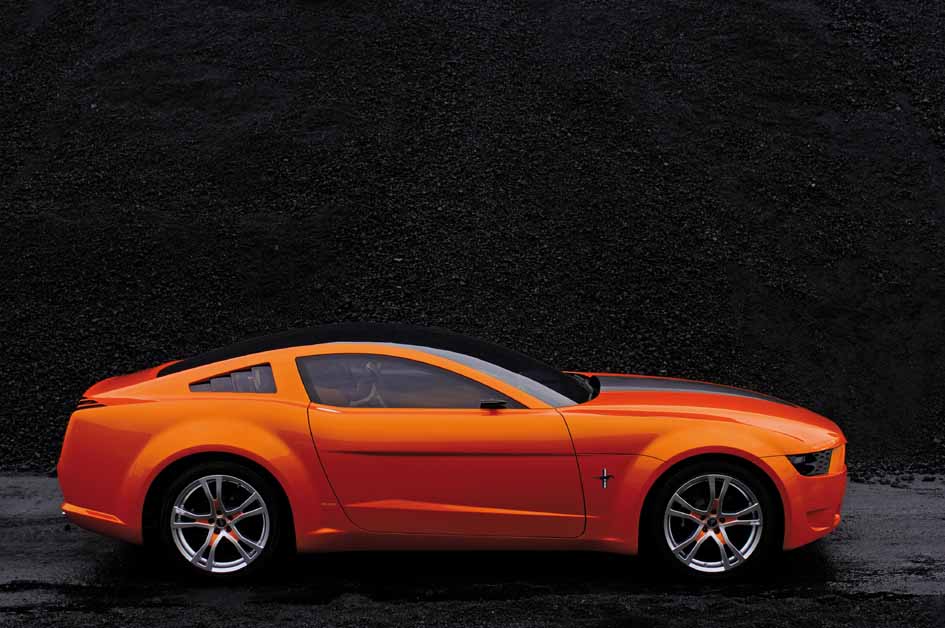
“I find it has the shape of a real Mustang, though different in proportion because, with respect to the production car, that has a third clearly identified volume, here the trunk is barely visible, with a side view that is much more like a fastback”.
The view of the Mustang by Giugiaro concept that its creator likes the best is the three-quarter rear view from above, where the modelling can be clearly seen in the crest of the fender that sweeps up with a visible curl, just a hint of the tail fins that were all the rage during the Fifties. The tail light, in three separate elements, is a return to the origins, taking up the theme of the first Mustang, the 1964 version, but reinterpreting it in an arrow shape, with a larger external element and a smaller internal one. This arrow design is reminiscent of the slatted effect that Fabrizio created on his Mustang design study in place of the rear side window on the production car. The top view highlights the continuity through the windshield, roof and rear window, a single curved glass panel. Actually the roof portion is made from a type ?of crystal produced by Solutia of Detroit, which filters out 100 percent of the UVA rays, thereby ensuring optical continuity of the shape while protecting the occupants from an overexposure to sunlight. The breakdown of the body of the Mustang by Giugiaro concept shows a tailgate hinged to the end of the roof, but it is just a simulation, because on the prototype this panel is fixed.
“To hasten the process of construction of the prototype we prepared a body completely in carbon fiber enclosing the entire rear end and seats, then we have the doors, especially designed and also made of carbon fiber. We completed the car with the engine hood and a front element consisting of the bumpers, fenders and windshield uprights. In practice, it is a body in just five pieces”, explains Fabrizio.
In designing the interiors, Ford gave Italdesign an absolutely free hand, so the work was started by creating a dashboard based on an arrangement of monitors that project the views filmed by the TV cameras that replace all the mirrors. The tachometer and rev counter are housed in two circular instruments that project from the dashboard, behind the steering wheel. The door panel is amazingly simple: the door, hinged at the base of upright A and with a vertical opening as on the Alfa Brera, is electrically operated and thus needs no handles. The lateral glass is fixed, so when paying toll, for example, the entire door is opened using the control on the dashboard. The seats are elaborately upholstered, in the structure and foam base of the production cars. The headrests are decorated with a frieze that reproduces the logo of the Mustang horse symbol, produced in relief in dark brown horsehide. The central elements of the backrests and cushions are also upholstered in horsehide, but mottled in this case. From the technical point of view, the Mustang by Giugiaro concept sits on a standard mechanical system, with brakes by Brembo and chassis tuning by Ford Racing. Ford has furnished Italdesign a variation on the 4.6-liter V-8 offered in production Mustang GTs, now supercharged by a Whipple/Ford Racing blower that enhances engine output to 500 HP and is coupled with a mechanical 5-gear transmission.
“The Mustang by Giugiaro drives as good as it looks”, said Fabrizio Giugiaro. “After taking it to the limits on street outside of Turin, I can honestly say we invested to create a modern performance classic that all Mustang enthusiasts could easily drive”
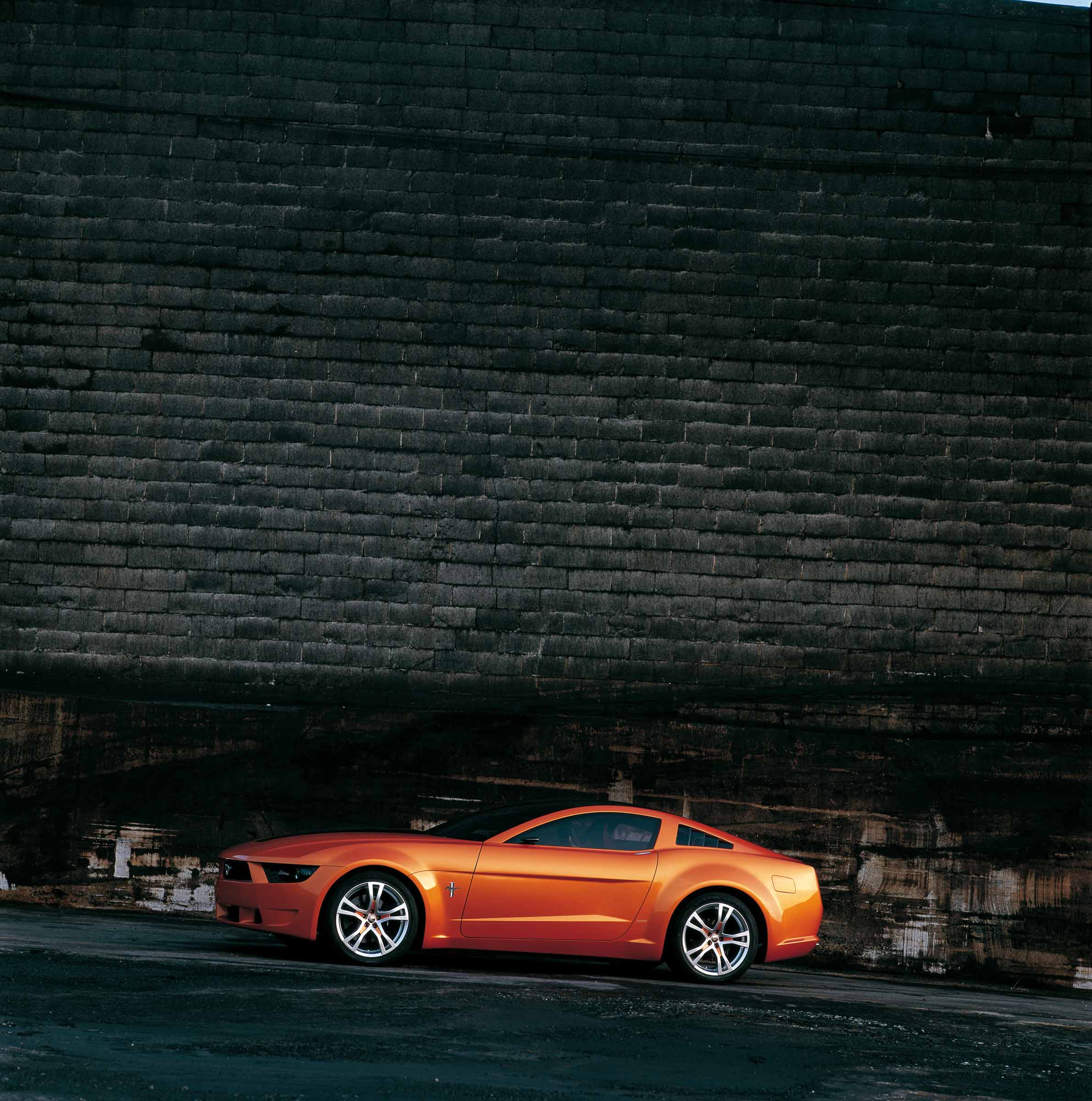
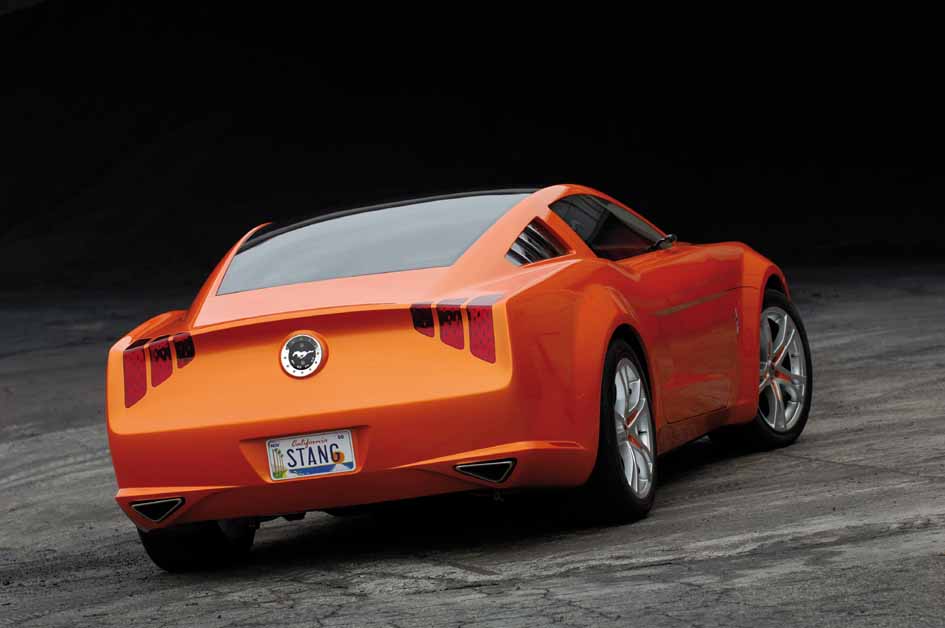
Technical Specifications
Length 4703 mm - 185.15” Width 1990 mm - 78.34” Height 1363 mm - 53.66” Wheelbase 2720 mm - 1070.08” Front track 1676 mm - 65.98” Rear track 1676 mm - 65.98” Front overhang 954 mm - 37.55” Rear overhang 1029 mm - 40.51” Weight 1500 Kg - 3307 lbs Engine V8 - 4.6 supercharged by a Whipple/Ford Racing blower HP (hp/rpm) 500 HP Drivetrain Rear-wheel drive Transmission Mechanical 5-gear transmission Suspension front Macpherson Suspension rear Rigid axle Front Tires Vredestein 275 40 ZR20 Brakes front Brembo rigid Caliper with 6 pumping elements and ventilated floating discs 370x35 Brakes rear Brembo rigid Caliper with 4 pumping elements, ventilated discs 365x28 monolithic?and separate mechanical caliper for hand brake Rims front OZ RACING 9.5” x 20” Rims rear OZ RACING 11” x 20”
















 History of "Menu dei Motori"
History of "Menu dei Motori"

 DESIGN PROJECT
DESIGN PROJECT UNIVERSITA' DI MODENA
UNIVERSITA' DI MODENA








Comments
Nessun commento presente
Add Comment